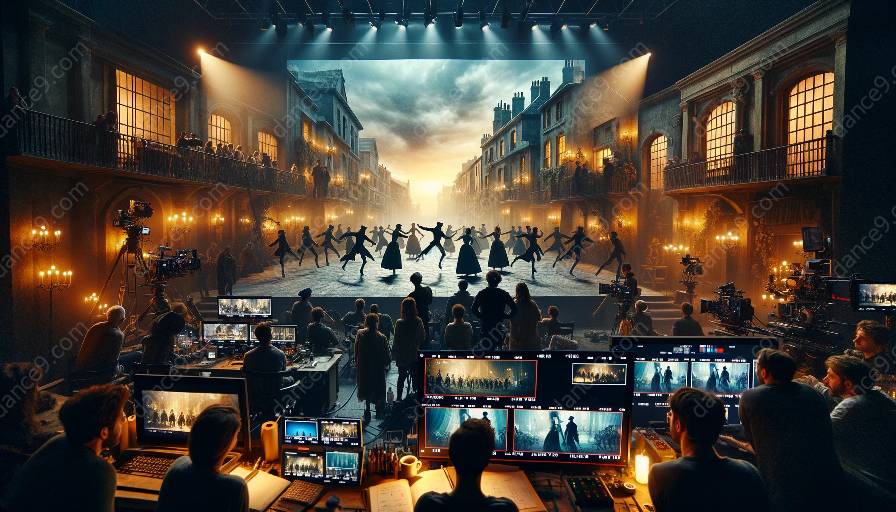Choreography for film & television has a rich history and has evolved significantly over the years to become an integral part of the entertainment industry. From the early days of silent films to the modern era of high-tech productions, the role of choreography in film and television has continually evolved, influencing the way stories are told through movement and dance.
The Early Years: Silent Films and Vaudeville
The history of choreography for film and television can be traced back to the early days of silent films and vaudeville shows. During this time, choreographers and directors worked closely to create intricate dance sequences that complemented the narrative of the films. Vaudeville shows also played a significant role in popularizing dance as a form of entertainment, showcasing the skills of talented dancers and choreographers.
The Golden Era of Musicals
One of the most influential periods in the evolution of choreography for film and television was the golden era of movie musicals. Legendary choreographers such as Busby Berkeley and Fred Astaire revolutionized the way dance was presented on screen, introducing elaborate and innovative choreography that mesmerized audiences. The integration of dance into storytelling reached new heights during this era, with iconic musical numbers becoming timeless classics.
Television and Dance
With the advent of television, choreography found a new platform to reach audiences. Dance variety shows, such as American Bandstand and Soul Train, brought dance into people's living rooms, showcasing a wide range of dance styles and influences. Choreographers adapted to the challenges of choreographing for the small screen, creating visually captivating routines that captivated TV audiences.
Modern Era: Technological Advancements and Diversity
In the modern era, choreography for film and television has evolved to incorporate cutting-edge technology and a diverse range of dance styles. Blockbuster films and high-budget TV productions have raised the bar for choreographers, who work alongside directors and cinematographers to create visually stunning and emotionally impactful dance sequences. Furthermore, the representation of diverse cultural dances and choreographic styles has become increasingly prominent, offering audiences a broader and more inclusive portrayal of dance on screen.
The Future of Choreography
As technology continues to advance and storytelling techniques evolve, the future of choreography for film and television holds endless possibilities. With virtual reality, motion capture, and immersive experiences on the horizon, choreographers are poised to push boundaries and create innovative dance sequences that will captivate audiences in new and exciting ways.
In conclusion, the history and evolution of choreography for film and television is a captivating journey that has seen dance become an essential element of storytelling on screen. From the early dance sequences of silent films to the mesmerizing choreography of modern blockbusters, the art of choreography continues to evolve, shaping the way we experience and appreciate dance in the realm of film and television.






































